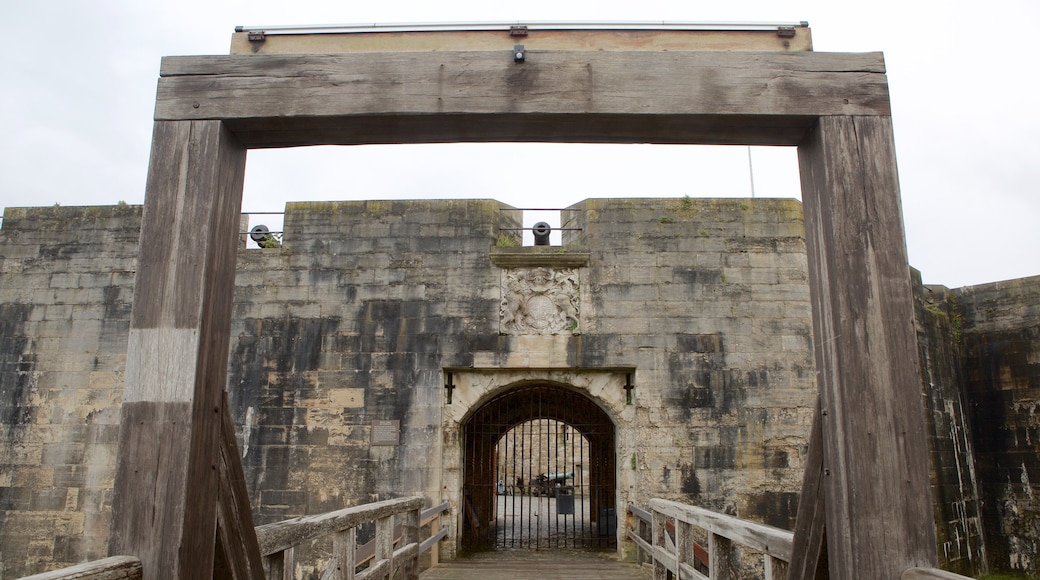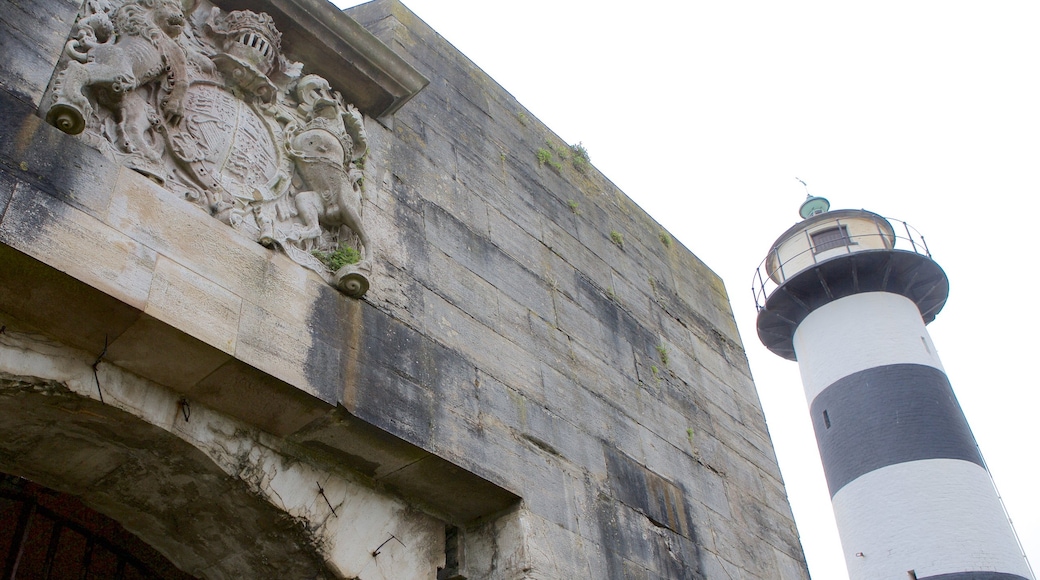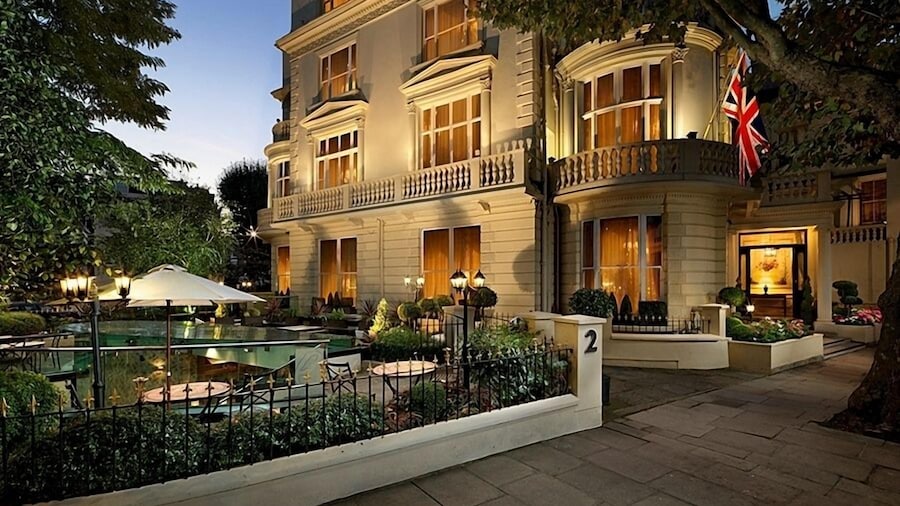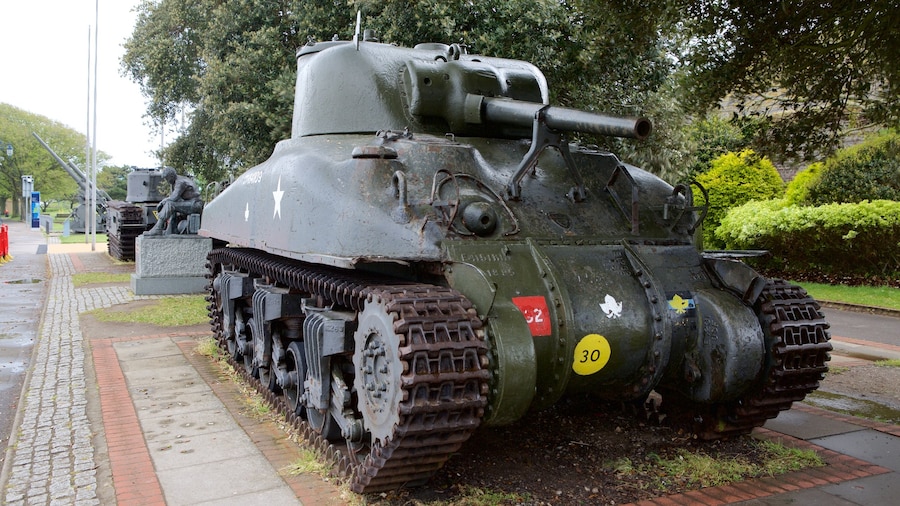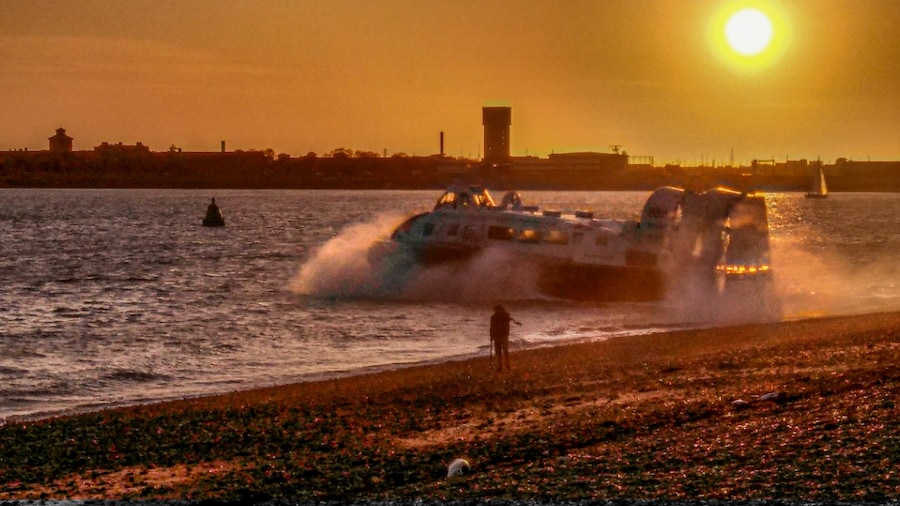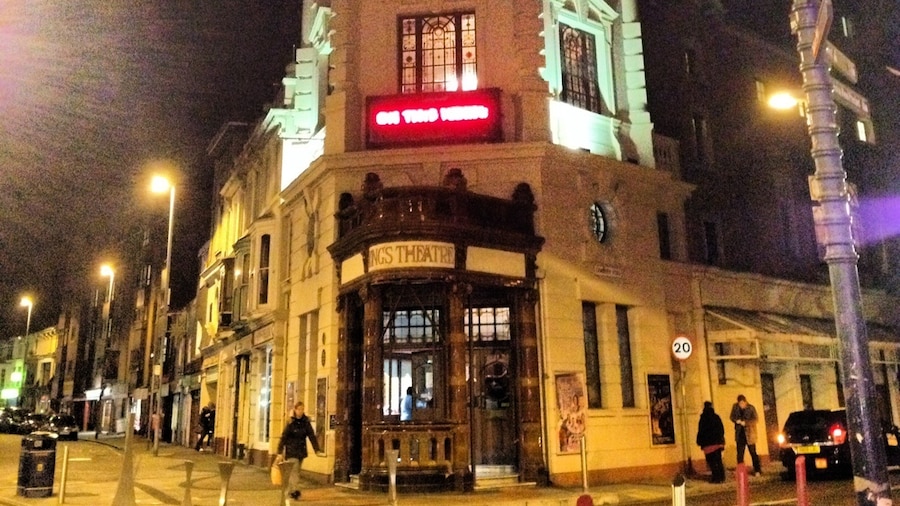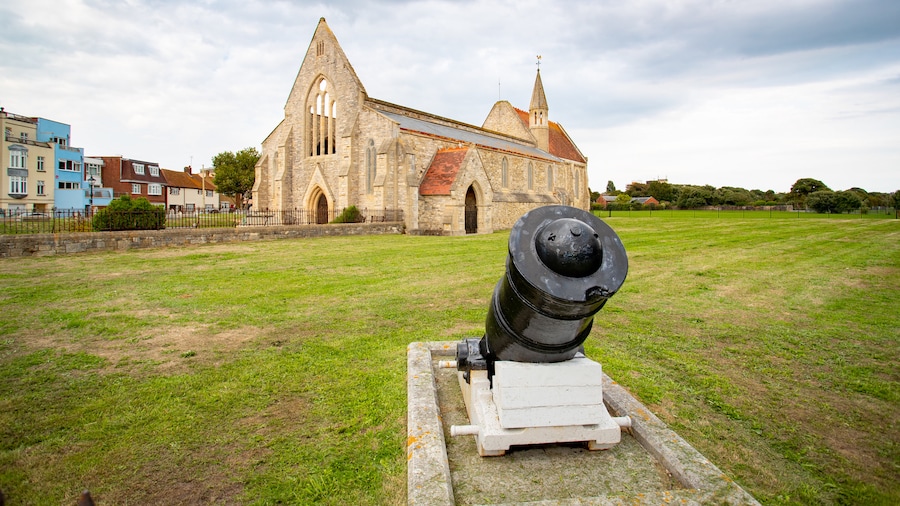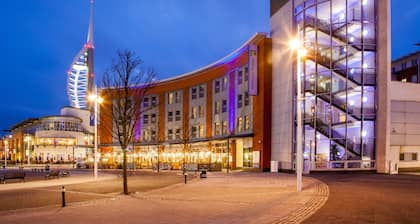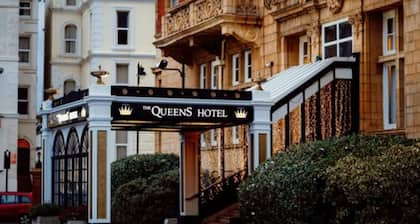Once an important defensive structure, the beautifully preserved Southsea Castle is now a popular tourist attraction. Walk around the battlements, discover its captivating history and admire the sea views.
In 1544, Henry VIII chose this strategic location to build one of his many “Device Forts.” View these structures lining the south coast, designed to protect England from French invaders. Southsea Castle became the site of tragedy, however, when it saw the Mary Rose sinking not long after the building was completed.
As you explore, notice how well the building is preserved. After an explosion in the 18th century, the castle fell into disrepair. In 1814, it was renovated and expanded to accommodate more troops and guns. This is the incarnation that stands today. Head to the courtyard to see a section of the original Tudor wall.
On the grounds, look for the active lighthouse, originally built in 1820 to guide incoming vessels. Climb to the top of the castle for spectacular views of the ferry-filled waters of the Solent waterway to the south and Portsmouth to the north. Follow the Counterscarp Gallery, the underground tunnel around the moat.
Informative displays inside the keep provide information on Portsmouth's defenses. In the western galleries, watch an audio-visual presentation that narrates the story of the fort.
On Friday nights in summer, go to the Champagne Bar. Listen to live bands and DJs play music, sip drinks and eat snacks. Book your spot in advance to ensure a table.
Check the castle's website for information on events that run here throughout the year, including film screenings and gigs during Victorious Festival in August. The historic oceanfront setting makes it an unforgettable venue.
Buses run from Portsmouth's train stations to outside Southsea Castle. If you’re driving, look for a number of parking spots nearby, including those at the D-Day Museum. Admission to this landmark is free.

